In partnership with the DO Utiel-Requena.
Utiel-Requena is the new kid on the block. It is a relative newcomer, both to wine lists and to wine shelves. Its wines, and especially its lively reds and bright rosés, have a refreshingly contemporary feel, making them a welcome entrant to the diversity of the new Spain. Yet winemaking in Utiel-Requena is not in the least new.
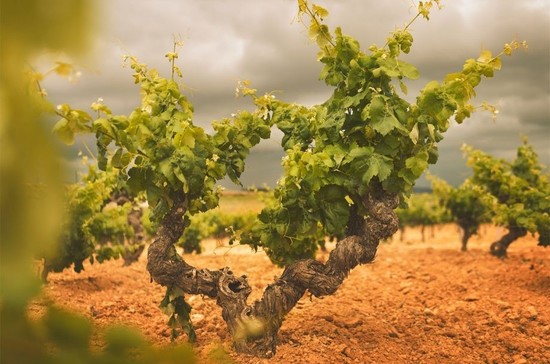
Wine was made in the region at least as far back as the 7th century BC, as evidenced by traces of Phoenician amphorae found in the region. Every visitor to the vineyards must include a detour to the remarkable site of Las Pillilas. It’s the oldest remains of an industrial winery in the Iberian Peninsula and the entire Western Mediterranean. Archaeologists have also found grape seeds pointing to a wine culture that dates back to the 5th century BC. Coming forward in time, in 1BC the Romans settled here and introduced improved winemaking techniques.
Anyone interested in tradition in winemaking should be sure to visit the museum in the main square of Requena’s old town. In its underground caves, long time used as cellars, it has a remarkable collection of traditional amphorae that were once used for fermentation and storage. In the 21st century local winemakers are working with amphorae once more, exploring their stylistic features.
Requena also has a special place in the contemporary history of oenology in Spain. That’s because many of today’s leading winemakers trained at Requena, at a time when there were only two wine schools in the country (at the time the only other one was in Tarragona).
Utiel-Requena – named after two neighbouring towns – became a denomination in 1957. In terms of Spain’s modern wine history this is early, as so many DOs did not come on stream until nearly a decade later.
Lay of the land
Located at the westernmost point of Valencia province, an hour by car inland from Valencia, the DO lies on a plateau that sits 600-900m above sea level. The land sloping down from the central plateau of Castile towards the Mediterranean causes the differences in height.
This results in stylistic differences across the DO. To the east, Sinarcas, Camporrobles and Fuenterrobles are the highest of the sub-zones, and they deliver wines they are notable for their higher acidity, their lower alcohol and the bright fresh fruit aromas.
The climate here is continental moderated by Mediterranean influences. It’s cold enough for frost and hail in the winter, while in the summer the vines can suffer extreme heat: that’s to say, temperatures range from -10°C to 40°C across the year. There’s plenty of sunlight (280 hours annually) and 450mm of rain.
The DO has two main soil types: alluvial; and clay with limestone deposits. Utiel-Requena’s classic landscape has memorably reddish/terracotta colour soils stretching away into the distance, dotted by bush vines, the view occasionally broken by trees.
Producers today recognise the qualities that attracted the Iberian to this windswept plateau long ago. The altitude, the diurnal temperature changes and the well-drained soils make for expressive wines. There are 34,000ha of vineyards, and the industry involves more than 5,000 families and over 100 wineries. It’s worth noting that there are several Vinos de Pago in the area, producers who make single estate wines, and have their own DO. It’s yet another sign of the intrinsic quality of the wines of Utiel-Requena.
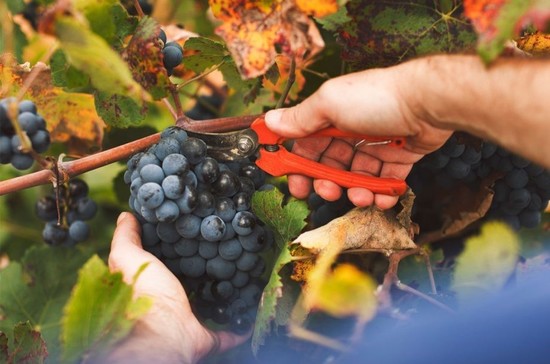
Utiel-Requena’s indigenous grape variety: the Bobal
Utiel-Requena is the spiritual home of the Bobal grape. It appears early in literature, and was mentioned in the 15th century Valencia text, the Llibre de les Dones (The Book of Women). It is the third-most planted variety in Spain after Airén and Tempranillo, though one of the least known, and it accounts for 8% of all varieties.
Beyond Utiel-Requena, Bobal can be found in neighbouring Manchuela and Ribera del Júcar appellations. It’s a vigorous, fairly upright plant, throwing out long trailing shoots. Budburst is in late April/early May, with harvest in September and October. The bunch is an irregular cone shape, thought to resemble a bull’s head, and hence the name bovale or Bobal.
As a variety it creates deeply coloured wines with firm tannins that are well structured with a good potential for cellaring. Despite the DO’s warm terroir, Bobal is a variety that’s very well balanced in terms of pH and natural acidity, not requiring adjustments during winemaking.
Not surprisingly given its deep colour, Bobal also has a higher than average resveratrol content. In the early 20th century the grape was valued for this deep colour and its productivity.
Following Spain’s entry into the European Community in the 1980s, the transformation of Bobal and Utiel-Requena began, with the introduction of bottled wine and fine wine. In the early 2000s Bobal was only known for its toothsome, juicy rosés. Since then serious attention to viticulture and subtle approaches to winemaking and blending to manage the tannins has created wines with strong international appeal.
Today it’s the ‘new look’ Bobal that’s leading the international recognition of the grape variety – and drawing a new generation of winemakers to work with it.
Utiel-Requena’s heritage is its dry-farmed old vines, accounting for more than half of Bobal plantings. The vine is sensitive to cold in the spring, but very resistant to oidium. It is also drought-resistant. These characteristics enable growers to easily convert to organic viticulture. With the pressure of adapting to climate change, the demand for less interventionist viticulture, and a trend for fresher, crisper wines, Utiel-Requena with Bobal in its armoury is guaranteed to keep making history.
Permitted grape varieties
Red: Bobal, Tempranillo, Garnacha, Cabernet sauvignon, Merlot, Syrah, Pinot Noir, Garnacha Tintorera, Petit Verdot, Cabernet Franc. Bobal accounts for 70% of plantings. It is often blended with Tempranillo and Merlot, although more and more winemakers are producing single varietal Bobal wines.
White: Tardana, Macabeo, Mersequera, Chardonnay, Sauvignon Blanc, Parellada, Verdejo, Moscatel de grano menudo. Amongst the white wines, Macabeo is the most common, and often blended with Sauvignon Blanc and Chardonnay, for freshness. Some whites are barrel fermented for added complexity. From time to time, when the right conditions prevail, it’s possible to make sweet wines. They are rare, but some recent vintages have produced outstanding wines.
Utiel-Requena DO receives 31 medals at the Decanter Asia Wine Awards 2019
Gold
Vinícola Requenense, Señorío de Mestalla Crianza, Utiel-Requena 2016 95
Bobal, Tempranillo and Garnacha combine to deliver great complexity of red berries over toast and smoke. Dried plums with a meaty edge come through, as do tobacco and spices on the lingering finish.
Silver
Bodegas Utelianas, Vega Infante Selección Crianza Bobal, Utiel-Requena 2015 90
Rich, jammy and broad, with a floral perfume, aromatic herbs and pink peppercorns. Fruit is beginning to mature but still very present and the fresh feel remains.
BVC Bodegas, Toro Loco Edición Memoria Superior, Utiel-Requena 2017 90
Aromatic and notably floral, with candied spice also on show, ably supported by brisk acidity and a lingering, gentle finale.
BVC Bodegas, Toro Loco Reserva, Utiel-Requena 2015 92
Structured and poised, with a pleasing marriage of tannin and acidity, with dark berries forming the core of the palate before the gently spicy finale.
Chozas Carrascal, Las Dosces, Utiel-Requena 2017 90
Real sense of the Mediterranean, with herbal garrigue notes adding depth and character to structured, powerful tannins and the flower-decorated wild red berries.
Dominio de la Vega, En Calma Bobal, Utiel-Requena 2018 90
Nose of red berries and a tickle of spice, followed by a palate containing pleasant, elegant tannins, juicy fruits and great acidity.
Faustino Rivero Ulecia, Joven, Utiel-Requena 2018 90
Fresh and dainty nose of violets and plums, augmented by a similarly pretty palate with brisk acidity, sweet cherries and a supple finish.
Pago de Tharsys, Tharsys Único Reserva Brut, Utiel-Requena 2016 91
Fresh, crisp and delicate, with green tones to the citrus fruit, elevated by the crunchy acidity and sitting upon a very fine mousse.
Valsangiacomo, Bobal de Sanjuan Viñas Viejas Bobal, Utiel-Requena 2018 93
Seductive, floral aromas bolstered by forward, fresh fruit notes, underlined by defined acidity and a nicely-packed, concentrated finish.
Bronze
Bodegas Coviñas, Superior Villa de Adnos Bobal, Utiel-Requena 2017 86
Lightly aromatic, possessing upfront, juicy cherries and deep, fresh blackcurrants and a finish which accentuates the fresh fruits.
Bodegas Coviñas, Adnos, Utiel-Requena 2014 86
Expressive on the nose, with wild red and black bramble fruits, persistent flavours and a firm finish.
Bodegas Coviñas, Veterum Vitium Bobal, Utiel-Requena 2016 87
Fresh and lively, showing violets, wild raspberries, dried citrus and defined acid.
Bodegas Jiménez-Vila, Nexo, Utiel-Requena 2018 89
Ripe, plump and jammy, but backed by refreshing acidity, spices, chocolate and firm but polished tannins.
Bodegas Jiménez-Vila, La Novicia, Utiel-Requena 2017 86
Super-ripe, almost baked red berry fruits, with an array of spices and firm oak tannin.
Bodegas Utielanas, Castillo de Utiel, Utiel-Requena 2017 88
Green olives and earth, augmented by peppercorn and minerals, with gritty tannins and an overarching freshness.
Bodegas Utielanas, Vega Infante Crianza Bobal, Utiel-Requena 2015 87
Lush and big but also floral, with more savoury notes of black pepper and leather, with a chewy persistence.
Bodegas Vibe, Parsimonia Crianza, Utiel-Requena 2016 86
Mouth-watering acidity and pure fruit which show a herbal air towards the end.
Bodegas Vibe, Parsimonia Autor Bobal, Utiel-Requena 2017 88
Soft but defined, with vanilla creaminess to the fruits and a cocoa dash on the finish.
Casagrande, Tinto de Autor Bobal, Utiel-Requena 2016 88
Sweet and sour black cherry, mixed berries, with sweet oak spices and a leesy softness.
Dominio de la Vega, The End, Utiel-Requena 2018 87
Ripe tropical notes of pineapple, boosted by spice, honey, wax and spice at the end.
Nodus, Delirium Merlot, Utiel-Requena 2016 86
Concentrated and structured, with dark fruits, bitter chocolate, mint, liquorice and pleasing freshness.
Nodus, Chardonnay, Utiel-Requena 2018 87
Tinges of smoke over cream, lemon, apple and lime, with a savoury and mineral line on a delicate palate.
Pago de Tharsys, Tharsys City Madurado en Barrica Bobal, Utiel-Requena 2018 87
Rich and sweet attack, before a woody character shows on the palate which is structured and focused.
Sierra Norte, Pasión de Bobal Rosé, Utiel-Requena 2018 86
Refreshing, crisp style, with wild red berry fruits, vital acidity and a charming finish.
Sierra Norte, Bercial Ladera los Cantos, Utiel-Requena 2016 88
Vanilla, sweet spices and chocolate. Richly structured, with firm tannins and lovely cassis.
Sierra Norte, Pasión de Bobal, Utiel-Requena 2017 87
Rich, soft, mature and jammy fruits, with good use of oak and lifted, elegant balance.
Valsangiacomo, La Aldea de San Juan Viñas Viejas Bobal, Utiel-Requena 2016 89
Ripe plum, sour cherry, with polished tannins on a pure fruit profile showing persistent minerals.
Vera de Estenas, Crianza, Utiel-Requena 2016 88
Interesting, ripe and jammy black berry fruit flavours, with firm tannins, refreshing acidity and a saline hint.
Vera de Estenas, El Bobal de Estenas, Utiel-Requena 2018 86
Elegant, roasted fruits on the nose, and a palate which is straightforward but attractive with its pleasant roundness.
Vera de Estenas, Casa Don Angel Bobal, Utiel-Requena 2015 87
Sweetly-fruited, with a palate revealing dark chocolate, smoke, ripe tannins and a flamboyant, toasty oak finish.
Vinícola Requenense, Palacio Imperial Tinto, Utiel-Requena 2018 87
Appealing intensity of medicinal, meat and spice tones, with a scattering of herbs further layering the fruit.
Translated by Leo / 孔祥鑫
All rights reserved by Future plc. No part of this publication may be reproduced, distributed or transmitted in any form or by any means without the prior written permission of Decanter.
Only Official Media Partners (see About us) of DecanterChina.com may republish part of the content from the site without prior permission under strict Terms & Conditions. Contact china@decanter.com to learn about how to become an Official Media Partner of DecanterChina.com.

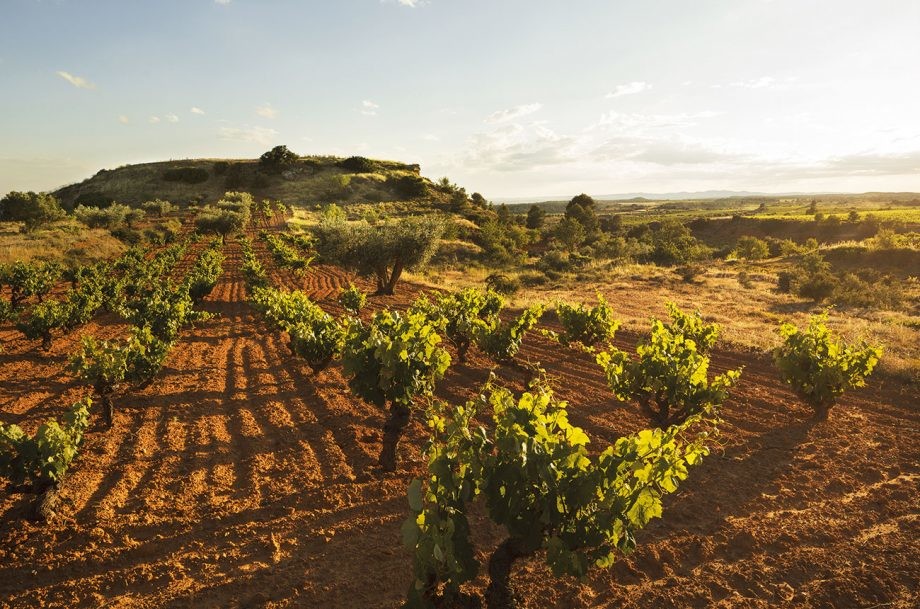
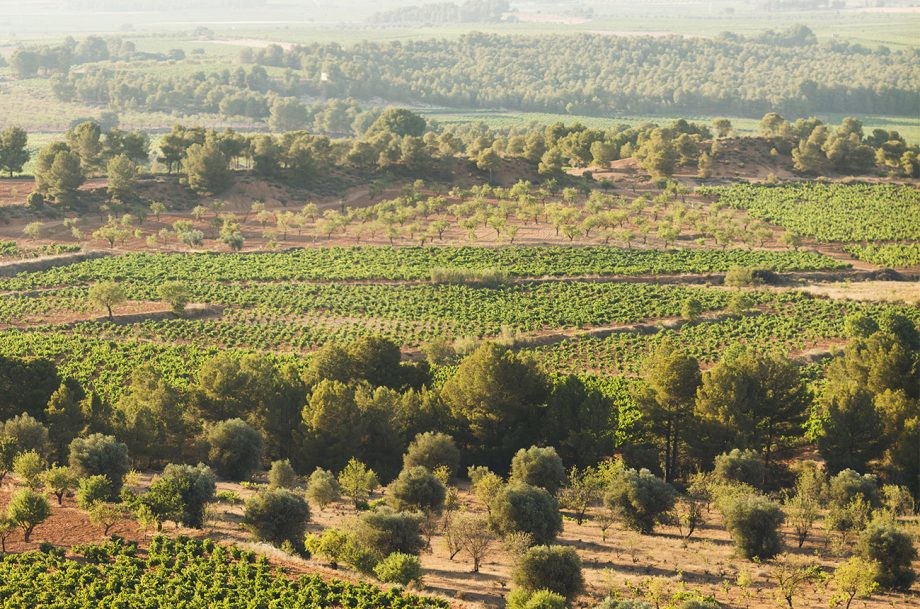
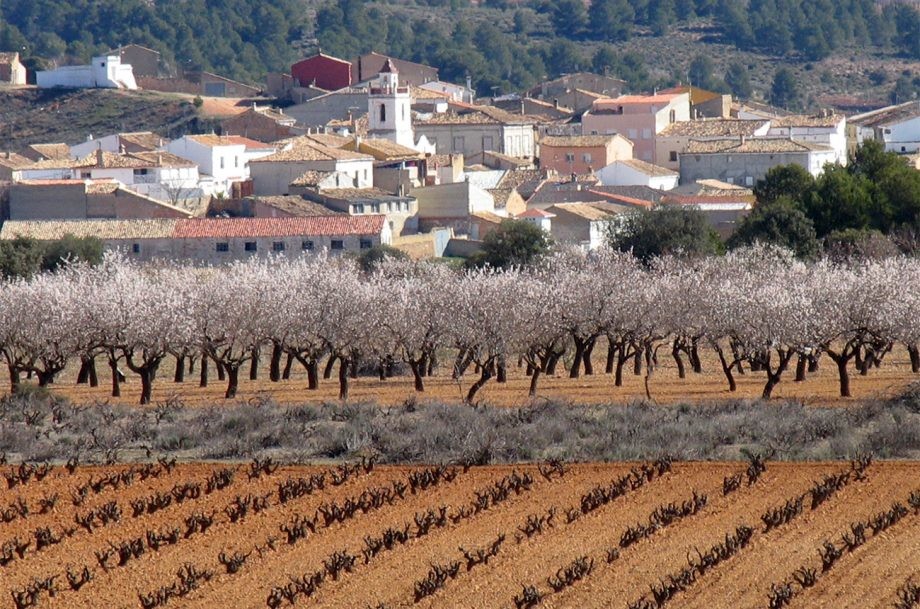
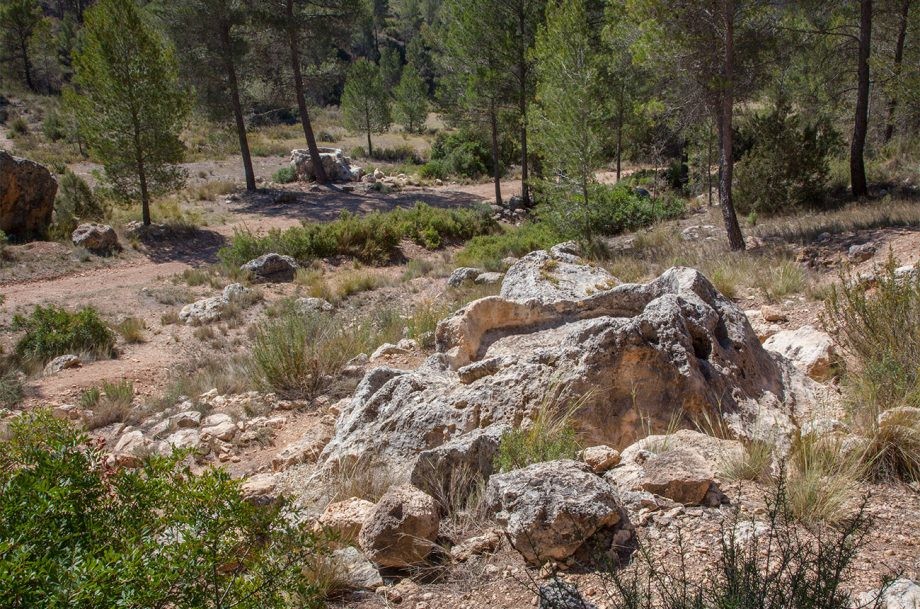
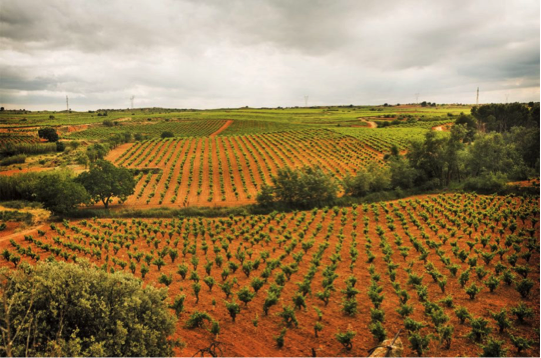
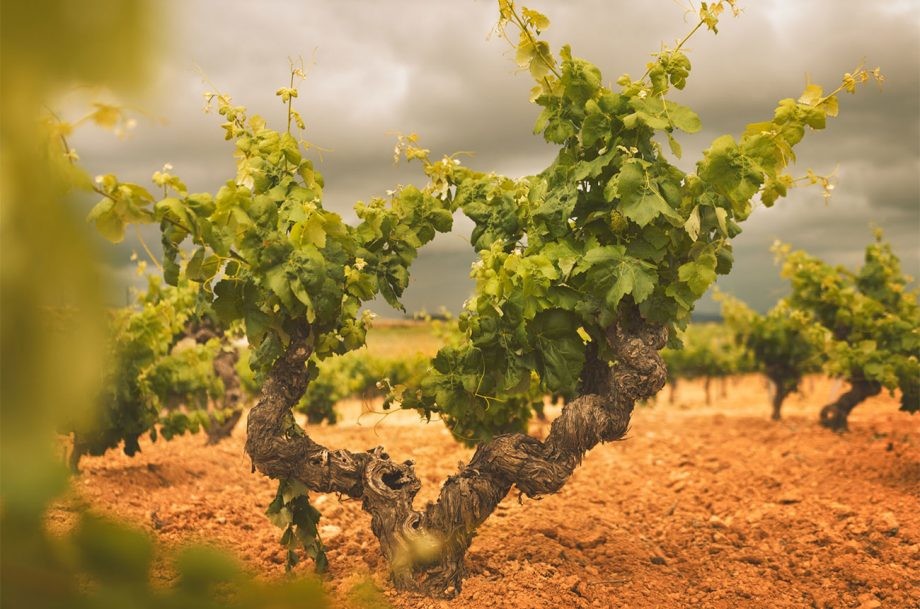
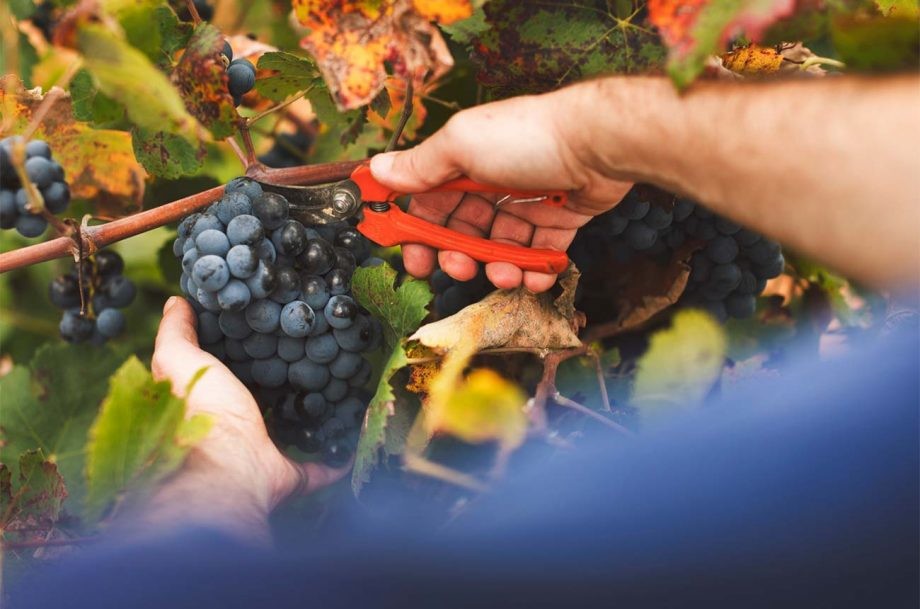
Comments
Submit